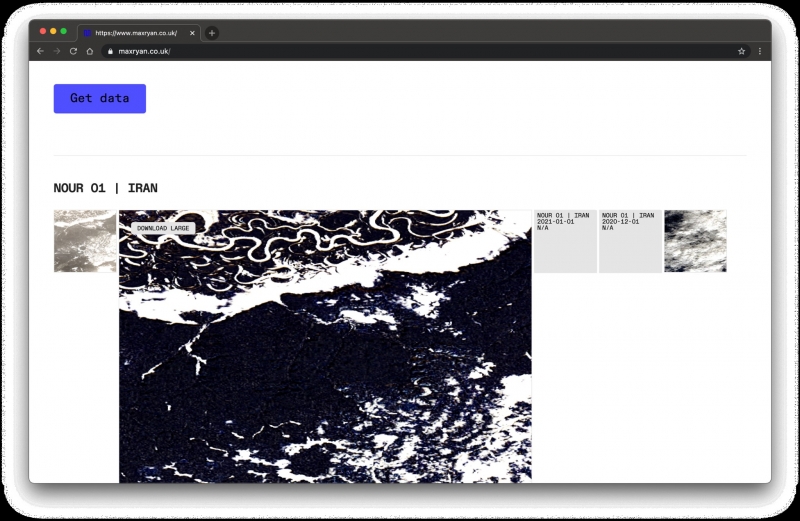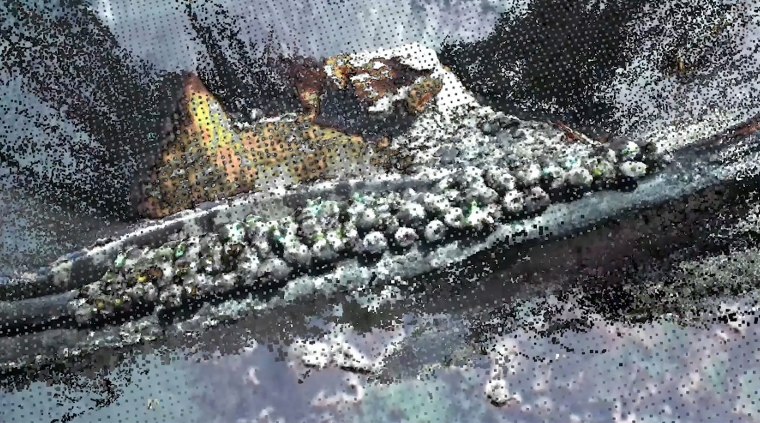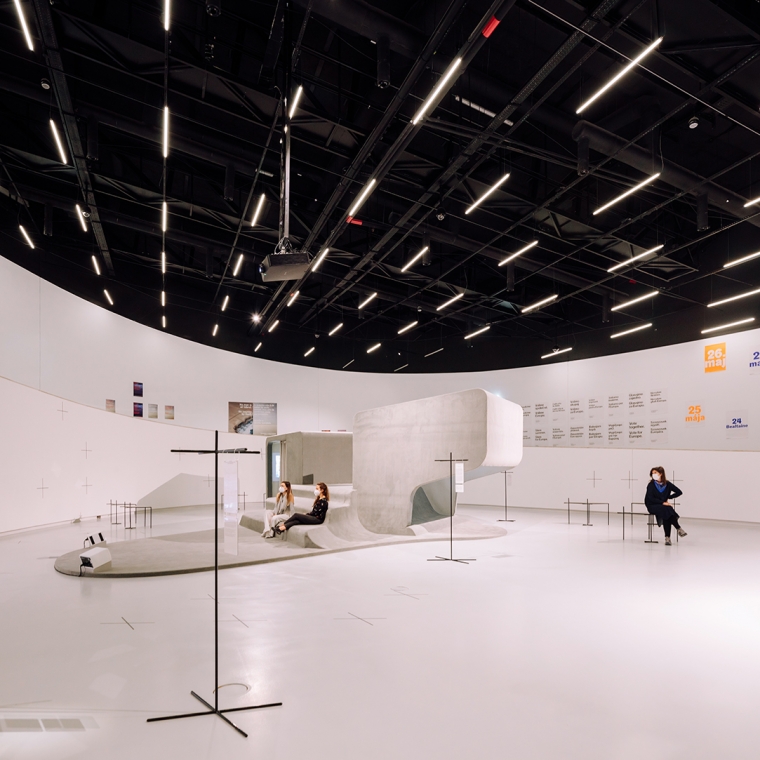Planet City
by Liam Young
After centuries of colonisation, globalisation and economic extraction and expansionism, humans have remade the world. But what if we radically reversed this planetary sprawl? What if we reached a global consensus to retreat from our vast network of cities and entangled supply chains to instead create one hyper-dense metropolis housing the entire population of the earth? In Planet City, 10 billion people surrender the rest of the planet to a global wilderness. The result is a single closed-loop, zero-waste urban agglomeration of “residential mountains,” algae farms and vertical orchards and solar fields, where a procession of “algae divers,” “bot herders,” “zero-waste weavers,” and other characters dance in a non-stop planetary festival linking celebrations held by diferente cultures throughout the year – a fiction shaped like a city.
|
Liam Young “Planet City”, 2020 HD video, 16:9, sound, colour; 15 min Courtesy of the artist.
|
|
|
Director and Production Design: Liam Young Costume Director and Producer: Ane Crabtree Visual Effects Supervisor: Alexey Marfin Original Score: Forest Swords Vocals: Emel Visual Effects: Case Miller, Aman Sheth, Vivian Komati, Yucong Wang Lead Researcher: Case Miller Researcher: Pierce Myers Narrative Consultant: Jennifer Chen West Coast Costume Assistant: Courtney Mitchell |
East Coast Costume Assistant: Ela Erdogan Costume Artists: Holly Mcquillian, Karin Peterson, Kathryn Walters, Aneesa Shami, Yeohlee Teng, Courtney Mitchell, Ane Crabtree Mask Artists: Liam Young, Zac Monday Performers: David Freeland Jr, AJ, Miguel Alejandro Lopez, Joy Brown of Jacob Jonas the Company Commissioner: Ngv Melbourne Curator: Ewan Mceoin |
Presented at maat in the context of the exhibition X is Not a Small Country (18/03–06/09/2021).
-
View of the exhibition X is Not a Small Country – Unravelling the Post-Global Era with “Planet City” (2020) and the masks “Drone Sheperd, “Algae Diver” and “Code Walker” by Liam Young. Photography: Bruno Lopes. Courtesy of the artist and EDP Foundation / maat.
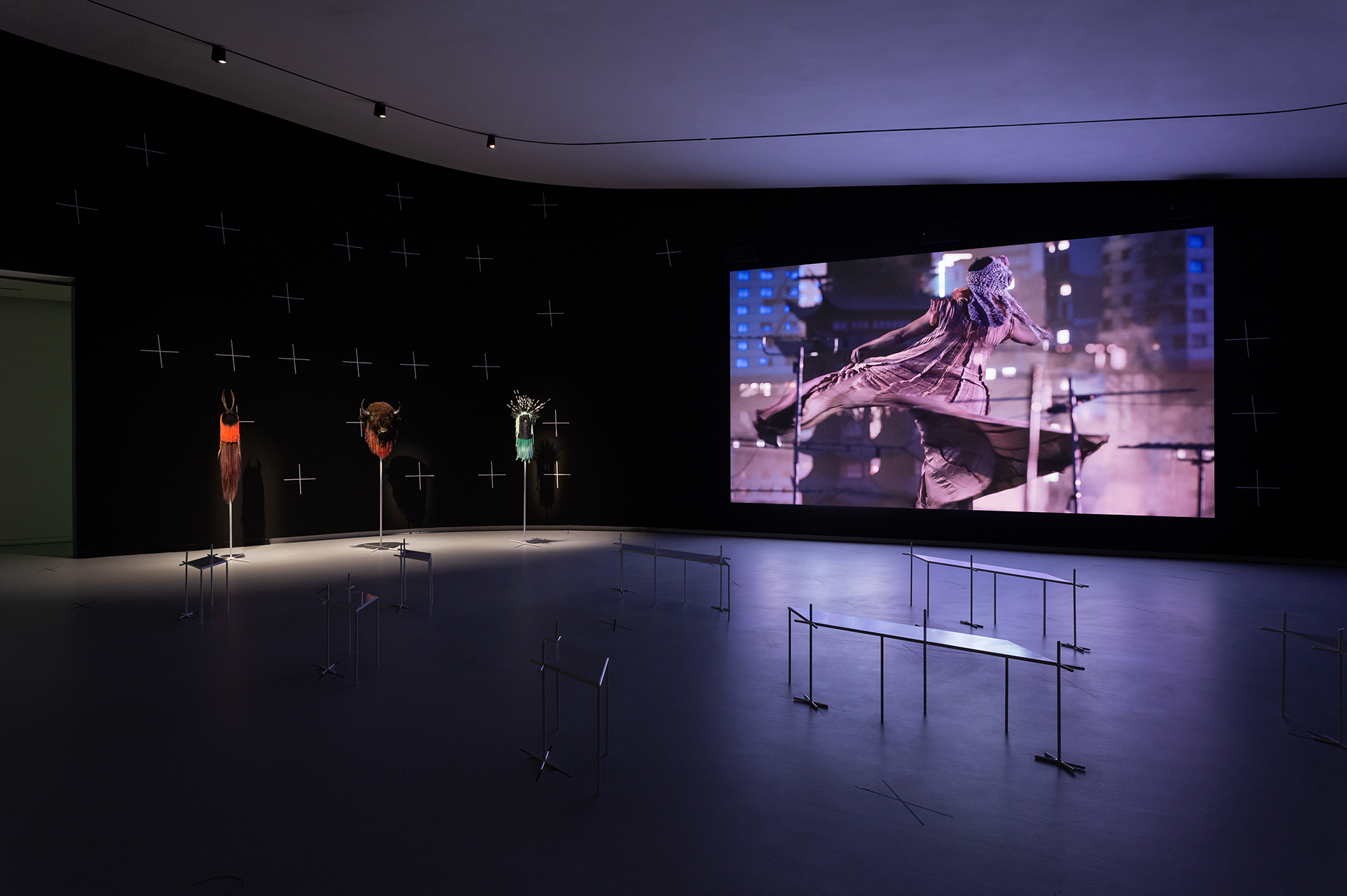
Interview with Liam Young
by Aric Chen and Martina Muzi
Aric Chen / Martina Muzi
How would you distinguish Planet City from the other techno-utopian visions of the future out there?
Liam Young
It is interesting to see Planet City in relation to the typical techno solutionism that is indicative of the general response of the design community to issues such as the pandemic or climate change. The imposition of singular visions by starchitects just repeats so many of the mistakes that got us into this situation in the first place. Such proposals are a continuation of the colonialist project that has already master-planned the planet in its own image and perpetuated forms of exclusion while reinforcing existing systems of power. What we actually need is an entirely different way of organising change. Planet City eschews the outmoded tropes. But it’s not a project of satire; instead, we must understand it as utopian and dystopian at the same time.
Aric Chen / Martina Muzi
You’ve described Planet City as a “fiction shaped like a city,” yet at the same time, you’ve indicated that the technologies needed to realise it are already available. What is the gap between the real and fictional here?
Liam Young
Ideology rarely evolves at the pace of contemporary technology. Most of the systems that Planet City is based on are what I describe as “before culture” technologies; they have arrived in the world before our cultural understanding of what they might mean for us. Planet City is built entirely from sustainable technologies that are already here, but they just lack the cultural investment or political will to implement at scale.
That being said, Planet City is not a plan for direct implementation, but rather serves as a grounded provocation that prototypes the necessary systemic and lifestyle changes that may be required for our world to continue to support human life. It affords us this critical distance from which to re-evaluate ourselves and helps us to see that normal is the actual problem. The live-action dystopian film we all occupy in the present moment is just as fantastic, implausible, and incalculable as any science fiction imagining. In a world that is post truth, post logic, and post geography, Planet City is both already here and entirely imaginary.
In a world that is post truth, post logic, and post geography, Planet City is both already here and entirely imaginary.
Liam Young
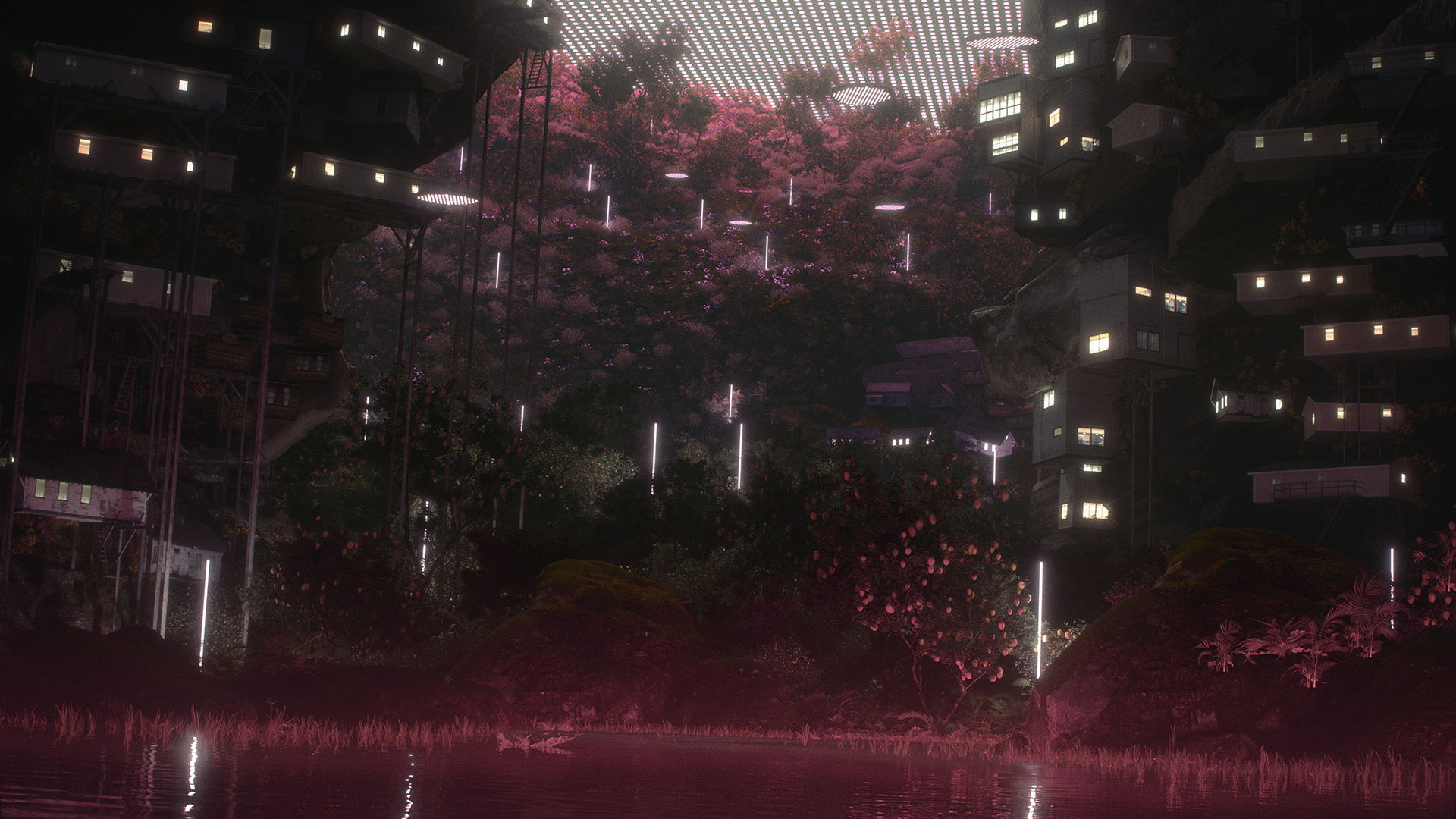
Vertical orchard
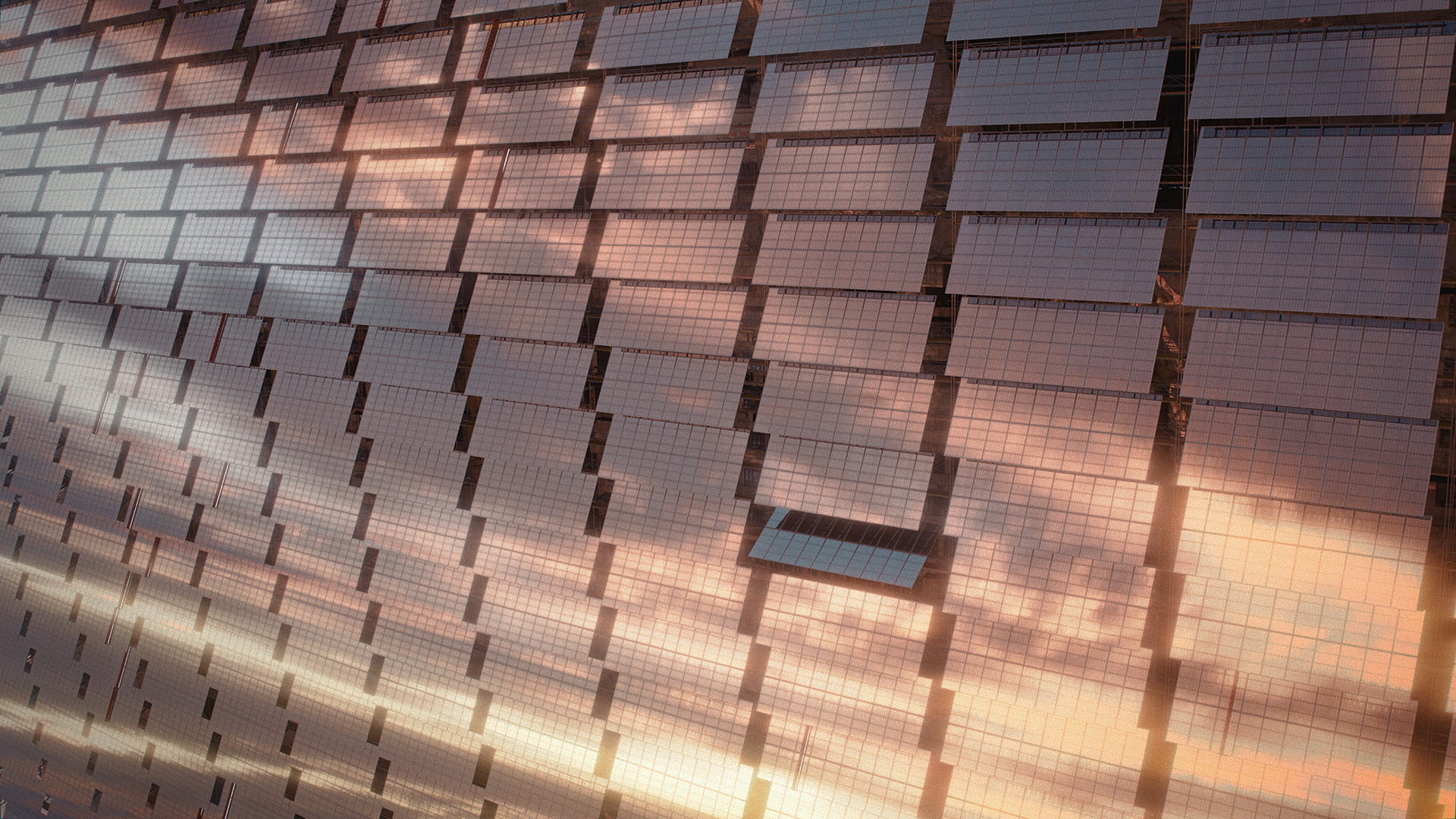
Solar field

Indoor mega farm

Algae lakes
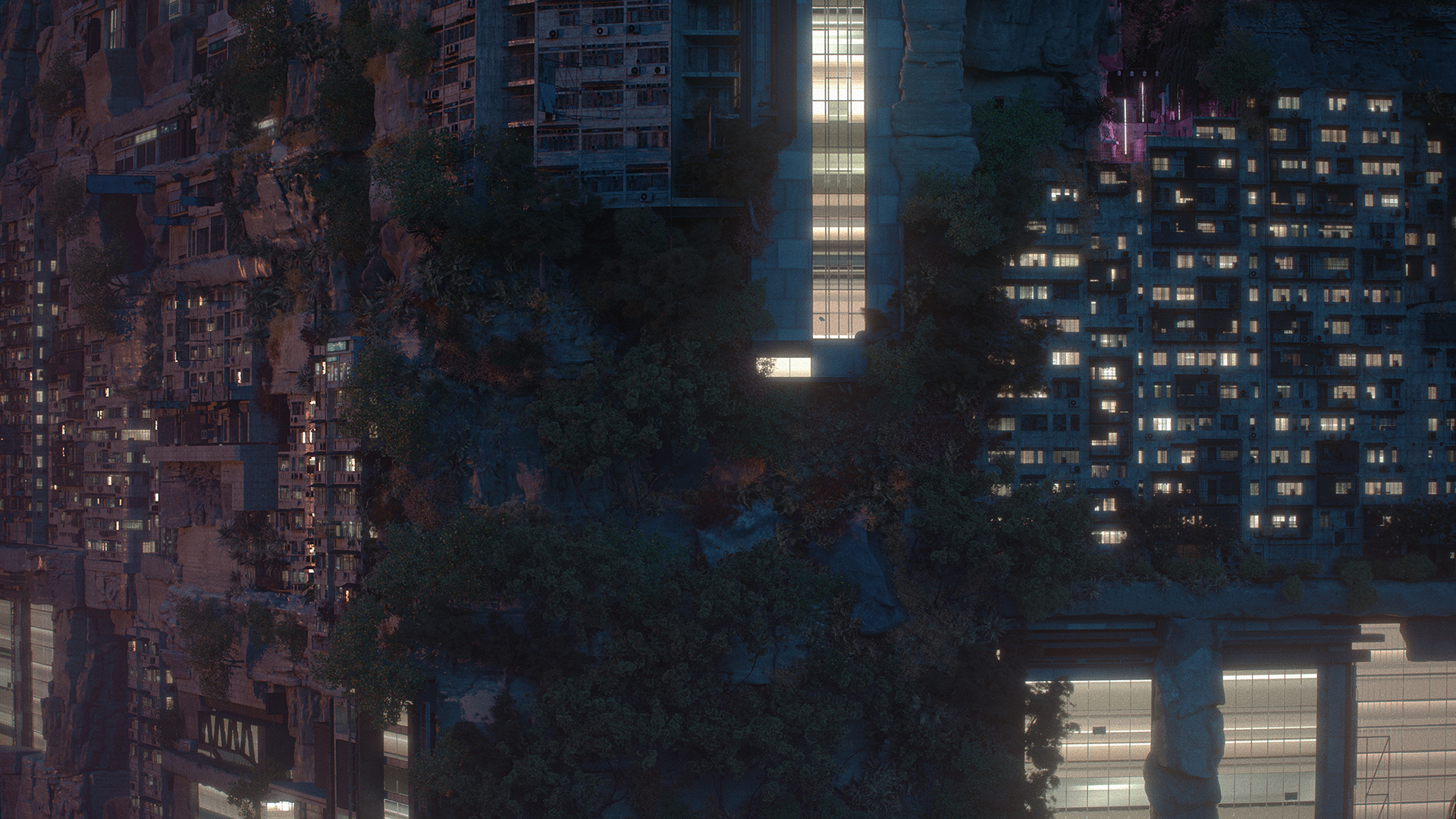
City cliffs

Residential mountains
Video stills from “Planet City” (2020) by Liam Young. Courtesy of the artist and Ngv Melbourne.
Aric Chen / Martina Muzi
How so?
Liam Young
As in fiction, our dystopian present has us already living in a planetary city, an unevenly distributed mega structure hiding in plain sight. There is no city and country anymore, no nature and technology, but instead we have now engineered a continuous urban construct that stretches across the entirety of the earth. It wasn’t master-planned by a single imperial power, or a cyber Liam Young punk mega corporation. It was slowly stitched together from stolen lands by planetary logistics where landscapes have become resource fields, countries have become factory floors, the countryside has become industrialised agriculture, and the oceans have become conveyor belts. Architecture is a geologic force and everything is city.
Aric Chen / Martina Muzi
How might this polemic evolve for you in the context of the global unravelling – through trade wars, nationalism, Brexit, the pandemic, etc. – that this exhibition is exploring?
Liam Young
It is unfortunately nation states, governments and large corporations that have really failed us when it comes to climate change. Seminal biologist Edward O. Wilson has proposed “Half Earth”, what he calls an “achievable plan” to stave off mass extinction by devoting half the surface of the earth completely to nature. Planet City begins with this question. If we were to reorganise our world at the scale of our densest cities, Planet City could actually occupy as little as 0.02 percent of Earth – roughly the size of an average US state. Although this is a fiction in the form of extreme urbanisation, it is actually arguing for radical deurbanisation in that it proposes to leave 99.98% of the planet for rewilding and the return of stolen lands. The invisible lines that once divided up the world will fade beneath the trees. Planet City is after geography, beyond jurisdiction. The ghosts of nation states give way to neighbourhoods formed around shared cultural practices.
Aric Chen / Martina Muzi
The idea of concentrating the entire population of the world in one place, with advanced technological capabilities, might seem to also enable totalitarian control – something you’ve explored in other projects.
Liam Young
Planet City emerges from a global citizen consensus, a voluntary and multi-generational retreat from the sprawling cities we all inhabit. At its core, it is exploring the necessary slow and deliberate consolidation of our urban development in a way that isn’t based on a compulsory mandate, or a singular design vision or a central governing body enforcing a decree. This is not a neo-colonial masterplan, or new world order, to be imposed from a singular seat of power. Instead, network-enabled movements like the global climate strike and climate march, some of the largest gatherings of humans in history, act as a template for the early rumblings and first mobilisations of Planet City. Piece by piece, we will dismantle the world we once knew and remake it in new configurations.
It is unfortunately nation states, governments and large corporations that have really failed us when it comes to climate change.
Liam Young

Drone shepherd
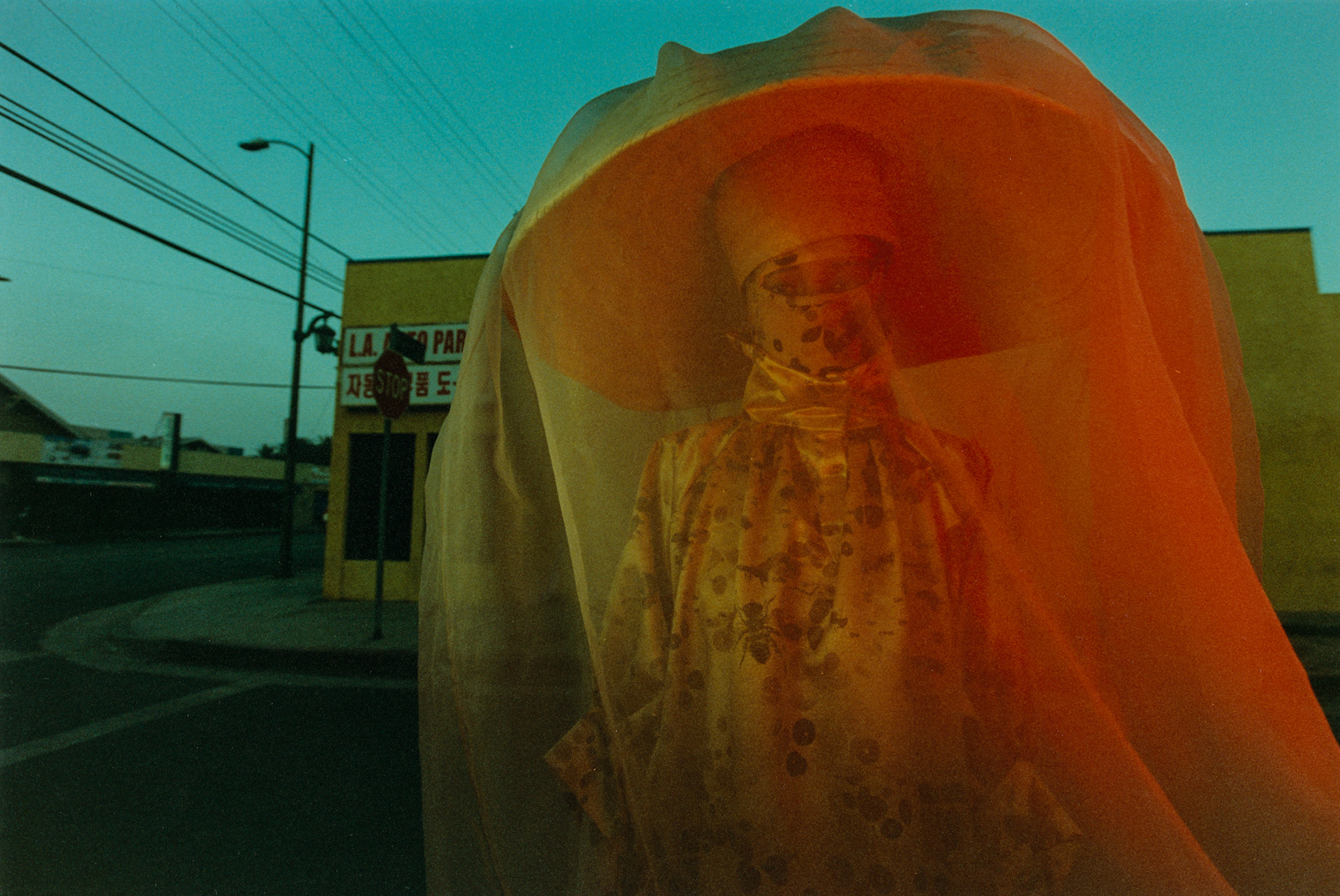
Beekeeper
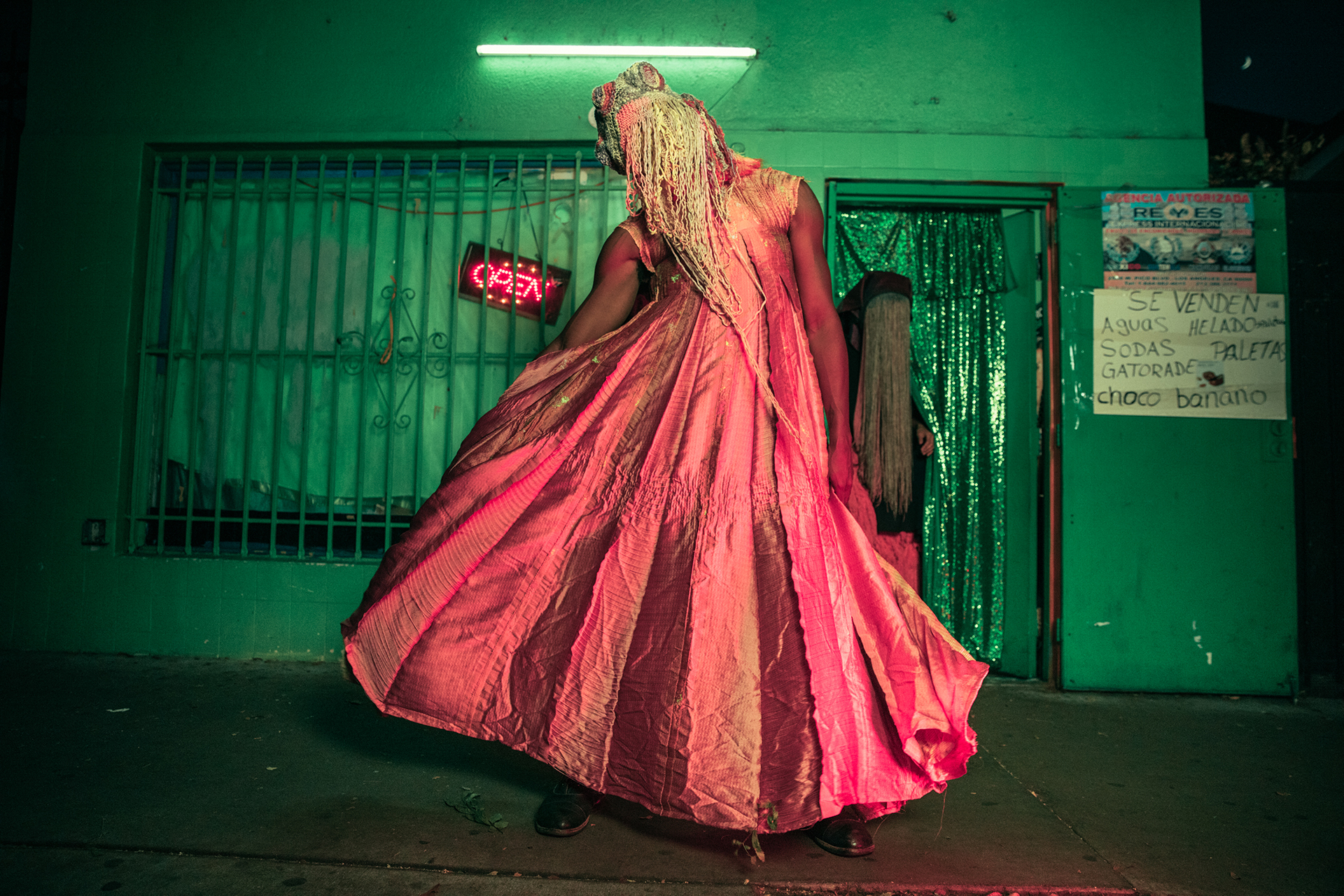
Zero waste weavers
Aric Chen / Martina Muzi
A kind of tribalism also seems to run through your work, including Planet City, with its masked “bot herders,” “algae divers” and “zero waste weavers.” What’s the significance of this?
Liam Young
Planetary in scope, we foreground voices that aren’t typically visible through Hollywood’s dystopian-focused lens. Our characters are drawn from the omitted, hidden or forgotten worlds that lie behind our dreams of our technologies. It is impossible to separate technology from culture, and new rituals and practices can help us to understand and engage with the systems of planetary urbanism and the necessary adaptations set in motion by a changing climate.
In bringing the world together in a single city, we mapped every cultural festival and holiday on a calendar and see that every day the city will be alive with some form of celebration. Our film captures a continuous festival procession dancing its way through the city on a 365-day loop. Each day, it intersects with another carnival, culture or celebration, changing the beats as it goes, endlessly cycling through new colours, costumes and cacophonies. We worked with local craftspeople, anthropologists and collaborators from around the world to imagine this infinite set of costumes and carnival masks. We see the citizens of the city perform new stories and myths of care, belonging and re-creation.

View of the exhibition X is Not a Small Country – Unravelling the Post-Global Era with the masks “Drone Sheperd, “Algae Diver” and “Code Walker” by Liam Young. Photography: Bruno Lopes. Courtesy of the artist and EDP Foundation / maat.
Liam Young is a speculative architect and director who operates in the spaces between design, fiction and futures. He is co-founder of Tomorrows Thoughts Today, an urban futures think tank, and Unknown Fields, a nomadic research studio. As a world builder and production designer, he visualises the cities, spaces and props of our imaginary futures for the entertainment industry in Los Angeles. He has also held guest professorships at Princeton, MIT, Cambridge and SCI Arc, where he now runs the Masters in Fiction and Entertainment.
Curated by Aric Chen, with Martina Muzi, X is Not a Small Country – Unravelling the Post-Global Era includes nine newly created projects by international practitioners working across the fields of design, architecture and art who investigate, articulate and critique the current convoluted state of the world from multiple geographic perspectives.
In collaboration with maat, Art Jameel presents a series of moving image and video works, curated by Róisín Tapponi, in response to Tactile Cinema (2021), a site-specific installation by Bricklab, which offers a multi-screening space for filmmakers and visual artists from the Arab region.
The exhibition is accompanied by an editorial collaboration with e-flux Architecture entitled Cascades presenting original fictional writings that expand on the show’s themes while questioning what it means to speculate at a time increasingly defined not by linear narratives, but rather transactional opportunism, black swan events and unintended consequences.



